#chinese traditional martial arts
Explore tagged Tumblr posts
Text
youtube
This is the thing I was having a course on!
#project batman#batman#bruce wayne#martial arts#training#exercise#kung fu#shuai jiao#chinese judo#wushu#grappling#throwing#takedowns#traditional martial arts#chinese traditional martial arts#Youtube
3 notes
·
View notes
Text
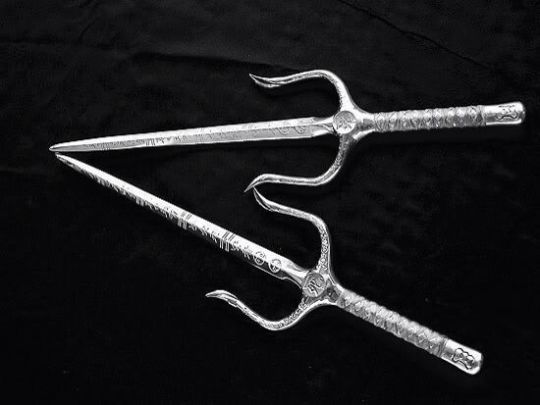
#The sai#釵#鐵尺#traditional Okinawan melee weapon#ninjutsu#Chinese martial arts#southern Chinese martial arts#weapon#sai
116 notes
·
View notes
Text
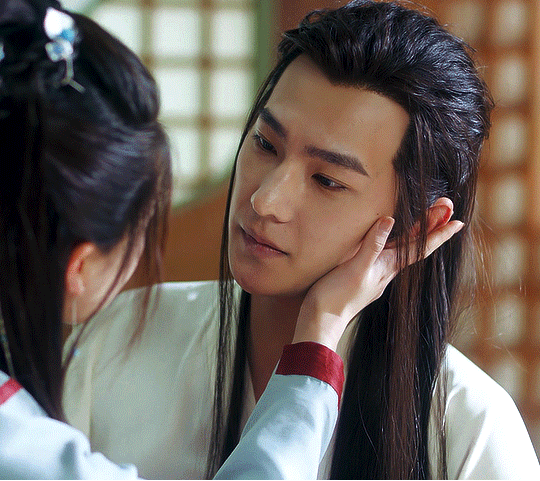
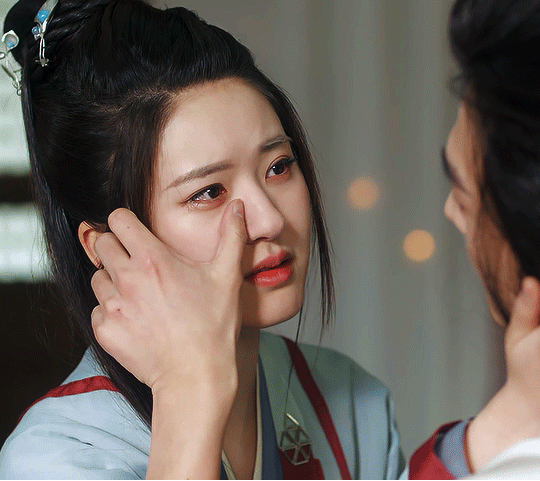


Cdrama: Who rules the world/Quien gobierna el mundo
#cdrama#fantasy#historical fantasy#who rules the world#netflix#romance#martial arts#chinese#china#traditional#action#kingdom#energy#strong female lead#strong male lead
47 notes
·
View notes
Text

江湖秘术
THE SECRET ARTS OF LAKES AND RIVERS
FIRST PART
The “Under World” in Chinese can be called “Jiang Hu” (江湖), which translates as “rivers and lakes” and is interpreted as “wandering from the rivers to the lakes.” The members of the underworld were mostly people who had to frequently flee and hide, changing their identity and address. Due to the misdeeds he committed or the secret nature of his activities. Within Chinese society, the underworld was, is and will be a dangerous place where great power is hidden. The Chinese underworld has its own folklore, rituals and beliefs. The "Jiang Hu" (江湖) is intrinsically linked to martial arts and witchcraft. In fact, to this day there are martial arts schools that specialize in transmitting fighting methods that have been called "Jiang Hu" (江湖). As there are also witchcraft schools such as “Mao Shan” (茅山派) which also operate in the “Jiang Hu” (江湖). In fact two of the classic figures in the films about Jiang Hu" (江湖) are the wandering swordsman and the Taoist magician. An important part of the beliefs of Jiang Hu" (江湖) is that various mystical and magical practices improved martial skills or provided individuals with supernatural powers. Below are some aspects related to magical abilities in ancient Jiang Hu" (江湖):
Qi (气) and Neigong (内功): Fundamental to many martial arts and magical beliefs in ancient China was the concept of "qi", which can be understood as life force or energy. Practitioners aimed to cultivate and manipulate their qi through neigong (internal cultivation) techniques. This was believed to improve physical strength, stamina and even grant supernatural abilities.
Qigong (气功): Qigong refers to a set of practices involving coordinated body movements, breath control, and meditation. It was believed that mastering qigong could lead to greater spiritual awareness, longevity, and even the development of supernatural abilities. There were different schools and styles of qigong, each with its own emphasis on specific results.
Mystical Martial Arts Techniques: In martial arts novels and folklore, practitioners were often depicted employing magical martial arts techniques. These techniques could include flight, invisibility, and control over the elements. These fantastic abilities were often attributed to mastery of specific styles of martial arts or possession of rare and powerful martial arts manuals.
Taoist and Buddhist influences: Magical practices were often intertwined with Taoist and Buddhist philosophies. Taoist alchemy, for example, aimed to achieve immortality and harness supernatural powers. Buddhist monks were also associated with supernatural abilities obtained through meditation and spiritual practices.
Mystical Weapons and Artifacts: The jianghu was filled with legendary weapons and artifacts believed to possess magical properties. Swords, staffs, and other weapons were often imbued with mystical energy, and their use required not only physical skill but also spiritual attunement.
Divination and talismans: Jianghu practitioners often relied on divination techniques, such as reading the I Ching or using other methods to foresee the future. Talismans and amulets, featuring sacred symbols and characters, were believed to offer protection, enhance abilities, or ward off evil spirits.
It is important to note that these beliefs and practices were deeply rooted in folklore, literature, and traditional Chinese medicine. While they played an important role in shaping the cultural imagination, they were not universally accepted or practiced in the same way in different regions and communities. The description of magical abilities in novels and martial arts stories further fueled the mystique of the jianghu. Although popular imagination distorts the reality of these practices. And today they are the plot of Chinese movies and novels, it is no less true that they existed, exist and will probably continue to exist in the future.
#jiang hu#sifu kisu#r.i.p.#atlab#lok#northern shaolin#northern shaolim#kung fu#jian#baguazhang#atlab lok#piandao#lakes and rivers#chinese martial art#traditional martial arts#martial art applications#martial spirit#wudang martial arts#martial science
6 notes
·
View notes
Text
Book of the Day - The Roots of Chinese Qigong
Today’s Book of the Day is The Roots of Chinese Qigong: Secrets of Health, Longevity, & Enlightenment, written by Yang Jwing-Ming in 1997 and published by YMAA. Dr. Yang Jwing-Ming is a world-famous author and teacher of Chinese martial arts. Born in Taiwan, he has studied, taught, and shared his deep understanding of Kung Fu, Taijiquan, Qigong, and both Internal and External Chinese martial…

View On WordPress
#Book Of The Day#book recommendation#book review#bookstagram#booktok#Internal Martial Arts#Martial Arts#MMQG#MMQG Qi Gong#Qi Gong#Qi Gong Master#qigong#Raffaello Palandri#TCM#Traditional Chinese Medicine#Yang Jwing Ming#YMAA
42 notes
·
View notes
Text
Martial Buddhist Monks – Not Only Shaolin
Martial Buddhist Monks existed and acted quite early. #MartialArts #ChineseHistory #ancientChina #ChineseCulture #ChineseMartialArts #TangDynasty #secretSocieties #buddhism #buddhist #buddhistMonk #warriorMonk #shaolin #MingDynasty #ShaolinMonk #Wuxia
The association of militant monks with the Shaolin monastery has become one of the modern cultural patterns. However, this is a rather late stereotype that did not arise before the Tang. Pre-Tang Buddhist monks have also been protagonists in historical rebellions and prominent actors in the martial environment. What prompted them to take up arms, violating the prohibitions of vinaya, and how did…

View On WordPress
#ancient China#Buddhism#Buddhist#Chinese history#Chinese martial arts#Jianghu#martial arts traditions#Qing dynasty#secret societies#Shaolin#Tang dynasty#traditional martial arts#Wuxia
9 notes
·
View notes
Text
Celestial Dragon - Light gray Backpack





Experience the vibrant colors and intricate details of this Chinese dragon illustration, inspired by classic Chinese art techniques. This piece brings to life the mythical creature revered in Chinese folklore, embodying the harmony between nature and spirit.
Have you got room for all that? With our roomy and durable backpack, you will! This bag is made from spun polyester and weights 1.3 lbs, just enough to be light, strong and long-lasting. Grab it, stow it, throw it onto the seat next to you, this backpack can take it, and so will you, wherever you go!
#dragon lover#dragon art#chinese dragon#back pack#backpack#birthday gift#gift ideas#unique gifts#gift art#jeet kune do#martial arts#kung fu#chinese tradition#printify#bag design#print on demand#bruce lee#china#the dragon furious
2 notes
·
View notes
Text
Lucky Dragon Warrior!

Kicking and punching away the dark energies, the protector of luck and prosperity blesses all she comes across!
#dragon#dragon art#fantasy character#traditional art#daily art#anime and manga#pen ink#fantasy art#kung fu girl#martial arts#chinese new year#dragon girl#painting#acrylpainting
5 notes
·
View notes
Text
Which are the most powerful Chinese kung fu!(1)
2 notes
·
View notes
Video
tumblr
Bruce Lee & The One Inch Punch
I almost wrote, ‘his one inch punch, such is the fame, perhaps notoriety of this display?
We have all seen parts of this famous display by Bruce Lee, where he sits the guy in the chair with the ‘one inch punch’. But I have never seen this, the part before, the events before Lee’s demonstration.
First, I am unsure whether the Karate competitor helping Lee with the demonstration by doing a standard Karate punch onto the guy holding the pad, is in fact Joe Lewis. Lewis , I believe was over 6 feet tall (around 2m) and as Lee was only 5 foot 7 inches (5.58m). ‘Joe Lewis’ in this video does not seem tall enough, but I may be wrong. But, Lewis did met Lee and was so impressed with him, he spent several years training with Lee and would later become the first heavy weight kick boxing champion of the world.
But, that does not matter really, this is about the what the demonstration shows. The guy with the pad is punched good and hard and driven back by the impact of the standard long range of Karate, the reverse punch/gyaku zuki.
Lee then shoots the guy backwards and onto a chair with an impressive demonstration of ‘Fa-Jing’, with his ‘one inch punch’. This then get even better, because ‘Lewis’ then allows Lee to repeat the ‘one inch punch’ on himself, with the same result. Lee shoots him backwards into the chair !
These show Lee’s skills and abilities, but they were and are – not unique.
Fa-Jing (meaning, releasing energy or explosive energy or essence of energy)is central to many system of kung Fu from Southern China. The system that Bruce Lee originally learned, Wing Chun, is a Southern Chinese system, along with Bai He/White Crane Kung Fu, that Goju Ryu is related to.
It’s important, because I believe that Goju Ryu’s Tensho Kata is there to teach the student how to create and use Fa-Jing.
#MartialArts#martial arts#kungfu#chinese martial arts#japanese martial arts#karate#karatedo#traditional karate#goju ryu karate
4 notes
·
View notes
Text
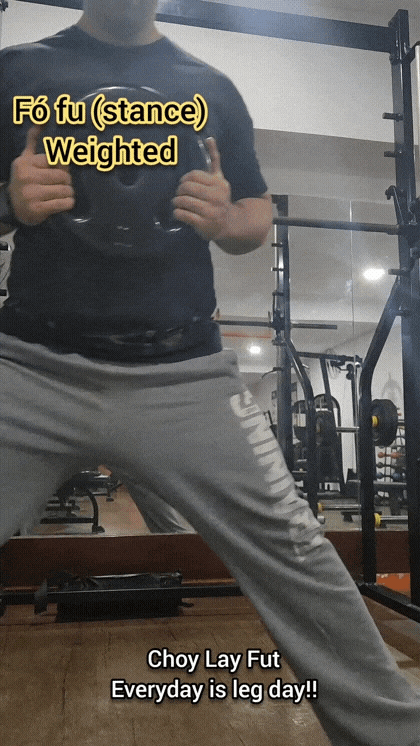



Since it is a southern kung fu style, Choy Lay Fut uses very low stances for stability and power, coupled with strong hip movements.
I've been enjoying these weighted stretches, not only do they help me strengthen the stances weak points, but I've been seeing some mobility gains too. I'm getting quite close to a full side split. 💪😜🦇
#project batman#batman#bruce wayne#martial arts#training#exercise#fitness#work out#kung fu#weighted stretches#stretching#kung fu stances#southern kung fu#budoblr#chinese martial arts#traditional chinese martial arts#superhero fitblr#fitblr#side splits#mobility work#mobility gains#leg day#never skip leg day#everyday is leg day#me
19 notes
·
View notes
Text
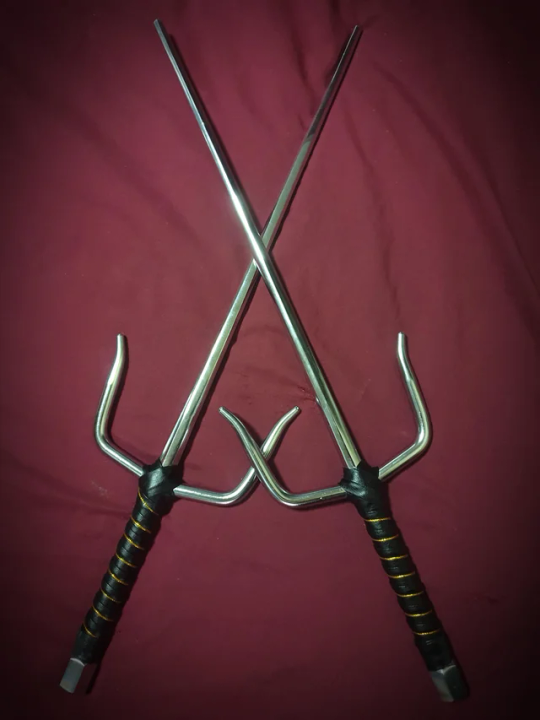
#The sai#釵#鐵尺#traditional Okinawan melee weapon#ninjutsu#Chinese martial arts#southern Chinese martial arts#weapon#sai
22 notes
·
View notes
Text
Which are the most powerful Chinese kung fu!(1)
1 note
·
View note
Photo




(via "Guardian of tradition Chinese dragon" Graphic T-Shirt for Sale by genieroze)
Crafting a t-shirt featuring a traditional Chinese dragon has been a mesmerizing journey into the depths of ancient culture and folklore. The tee's intricate design pays homage to the revered creature, symbolizing prosperity, power, and the eternal spirit of the dragon that has captured hearts for centuries
0 notes
Text
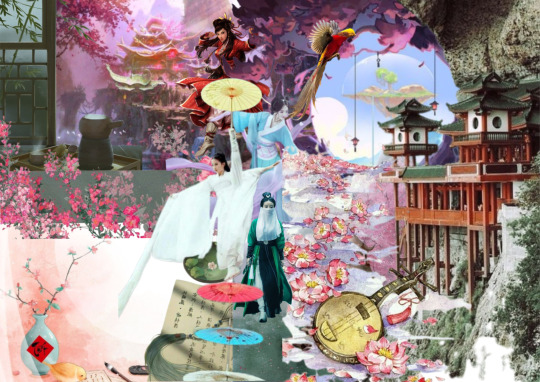
Phoenix Warrior Moodboard
#plum blossoms#plumblossomsanctuary#temple#chinese#chineselandscape#traditional chinese dress#tranquility#beauty in nature#moodboard#female warrior#shifu#writting#chinese painting#chinese martial arts#kung fu girl#kung fu life#pheonix#golden pheasant#tea time#discipline#training#mountains#riverblossom hills#hills#martial arts
1 note
·
View note
Text
Southern Shaolin
Excellent research on the (never-existing) "Southern Shaolin":
#chinese martial arts#jianghu#ancient china#chinese history#brotherhood#martial arts traditions#kung fu#artes marciales#martial arts#shaolin#Southern Shaolin#secret societies#shaolin monk#chinese mythology#chinese folklore#old china#wuxia#wuxia novel#qing dynasty#ming dynasty#chinese culture#wushu#shaolin kung fu#shaolin fantastic
5 notes
·
View notes